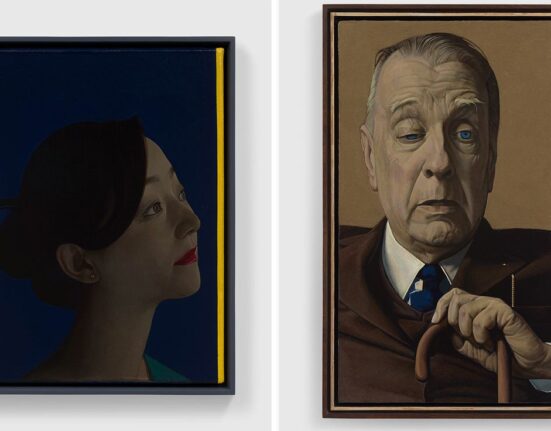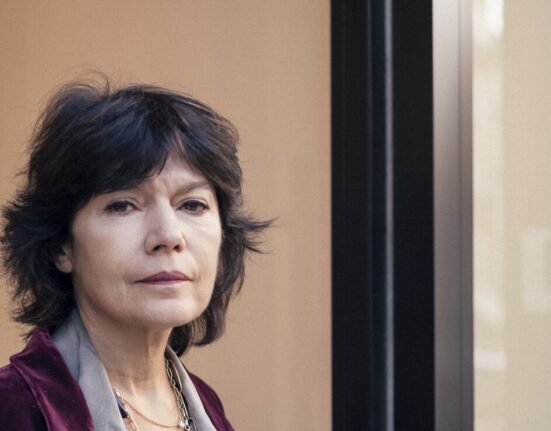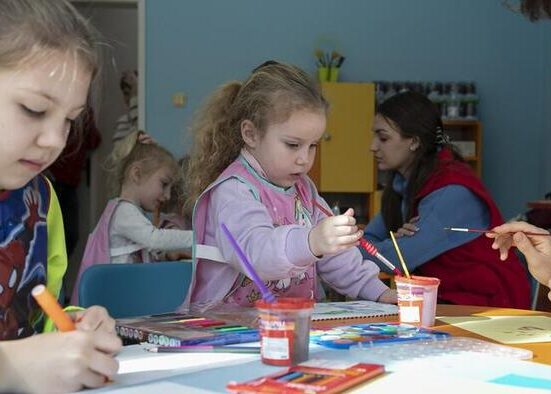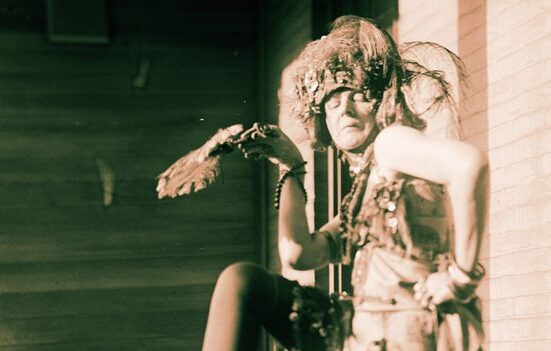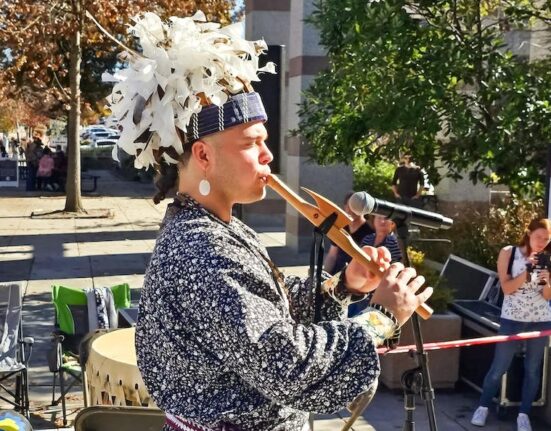We are pleased to announce Sonia Boyce as the next British representative at the Venice Art Biennale.
Artistic and cultural ties with Europe will be vital to renewing close relations with our European neighbours.
Alasdair Donaldson discusses the importance of on-going links through such activities, and gives a personal view about the UK’s future place in the rich culture of Europe.
Paper Tiger Whisky Soap Theatre
Sonia Boyce, OBE RA has been announced to represent Great Britain at the 59th Venice International Art Biennale. Boyce, with a long track record as a successful artist, will be the first black woman to do so, presenting a major solo exhibition of new work.
The art world has responded enthusiastically to the news. Emma Dexter, British Council Director Visual Arts, Commissioner of the British Pavilion, and Chair of the British Pavilion Selection Committee, said: ‘The British Council is thrilled to announce that Sonia Boyce has been commissioned to represent Great Britain at the Biennale Arte 2021… At such a pivotal moment in the UK’s history, the Committee has chosen an artist whose work embodies inclusiveness, generosity, experimentation, and the importance of working together.’
Boyce is known for her highly innovative and experimental approach to art-making, using performance, drawing, print, photography, and audio-visual elements in her work. Since the 1990s, her practice has become increasingly improvisational and collaborative, inviting a broad cross-section of participants to come together and speak, sing or move in relation to the past and the present. At the heart of Boyce’s work is an empowering exploration of gestures and events, with an underlying focus on the personal and political subjectivities behind them.
As such, Boyce and her work arguably act as positive messages about the UK at an important cross-roads in its history of engagement with Europe. Our latest research supports the importance of the arts and culture as a key driver of the UK’s attractiveness overseas.
The country leads the other major powers included in the study for having ‘world leading arts and culture’, and those surveyed who had enjoyed British arts and culture were 43 per cent more likely to wish to engage with the UK in the future.
As the UK’s leading international cultural organisation, the British Council has long championed the benefits of such activities.
We have been responsible for the British Pavilion at La Biennale di Venezia since 1937, showcasing the best of the UK’s artists, architects, designers, and curators.
Artists commissioned to represent the UK in the past have included: Henry Moore, Barbara Hepworth, Francis Bacon, Lucian Freud, Ben Nicholson, Frank Auerbach, Anish Kapoor, Gilbert & George, Steve McQueen, and Jeremy Deller. These exhibitions help make the British Pavilion a major platform for discussion about contemporary art and architecture.
Art and Architectural showcasing has been a key part of our activities and of the UK’s cultural relationship with Europe (and other regions) for many years. Art and Architecture are both big exports for the country. Moreover, recent research found that 90 per cent of participants agreed or strongly agreed that our showcasing experiences provided an opportunity for the UK to share its cultural values with the rest of the world. It also found that ‘people like the UK because of its open and diverse cultural production and output’.
Between Europe and the Open Sea
This arguably points the way to a more general point. The UK should be thinking carefully about how mutual links across ‘high’ arts and culture can help it to maintain and re-build its relationships in Europe. This will highlight a long-standing ambivalence about the arts that is perhaps a longstanding issue in the country.
Certainly, the recent debate about the UK’s future revealed some interesting cultural as well as political fault-lines. Some prominent Remainers characterised the leave vote as in some ways a ‘Little Englander’ rejection of the rich culture of the continent, ‘turning our backs’ on ‘the Renaissance, the Rococo, the Romantics, the Impressionists, Gothic, Baroque, Neoclassicism, Realism, Expressionism… Fauvism, Cubism, Dada, Surrealism… and Kitsch’.
To which Leavers could point out that all these great cultural flowerings occurred before the existence of the European Union – with the (some of them might say appropriate) exception of the last one.
There certainly seems to have been a very British anti-elitist tinge to some of the leave campaign. The British have for centuries had a boorish or healthy (depending on your viewpoint) attitude to what many of them see as cultural or intellectual pretension – which they have often associated with Europe.
In 1934 the Times even congratulated the founders of the British Council for avoiding the word ‘culture’ in its title. It was a word, the Times felt, which ‘comes clumsily and shyly off the Englishman’s tongue’
On the other hand, from Oscar Wilde to Virginia Woolf, Purcell to the Beatles, Christopher Wren to Richard Rogers, the UK has also proudly contributed at least its fair share to the great traditions of European culture.
That said, while its high culture has such deep connections to Europe, in its popular culture, from cinema to pop music, the UK has perhaps for some time had closer ties with America, with the country benefitting from acting as a sort of bridge between the two. Furthermore, it might be argued, this cultural confusion experienced around the Brexit debate is also the product of another, related tension.
Throughout its history the UK has been intimately bound up with the history of Europe but has also had profound links with other parts of the world, from North America to the many countries of the Commonwealth. In its rich – and by European standards relatively old – constitutional and (common law) legal culture, it arguably shares more with countries like the US, Canada, Australia, and New Zealand, whose systems it played a large part in creating, than with its more immediate friends and neighbours on the Continent.
This is because that constitutional and legal culture arose in large part from the ideas of the Anglo-Scottish Enlightenment, as opposed to the French Enlightenment which informed so much of Europe’s political and social legacy.
As much as geography, this exceptional history has sometimes led to it feeling culturally more globally connected than the heart of Europe, and its instincts pulled in different directions. Between, as Churchill famously put it, Europe and the open sea. This tension has endured.
In a recent BPFG report,
54 per cent of British people polled reported that they did not feel ‘European’, compared to 42 per cent who did.
Clearly, this was a feeling informed by culture and history rather than the incontrovertible geographical facts.
The current Prime Minister has repeatedly said that the UK was leaving the European Union, not Europe. Now that the UK has exited the former, regardless of the range of views for or against that decision, it should now ensure that it does not turn its back on the latter.
That means it must find ways to ensure continued deep friendship and connection with the other countries of Europe. And its close links through the arts and culture suggest one very important area in which it can do so.
The Biennale is just one example of the UK’s enduring cultural links on the continent. It will be more important now than ever to celebrate and build on those links if the country is to maintain its close friendly relations with Europe – and honour the rich cultural legacies of Europe in which it has for so long participated and from which it has for so long benefited.
If Brits love Beethoven and the Biennale as much as their anarchic sense of exceptionalism, they will have to try to prove the conclusion that it is possible to celebrate both. Doing so will require renewed commitment to their many cultural connections with Europe. In that respect too, Sonia Boyce, with her artistic output and its inclusive message, is a welcome ambassador for her country.



